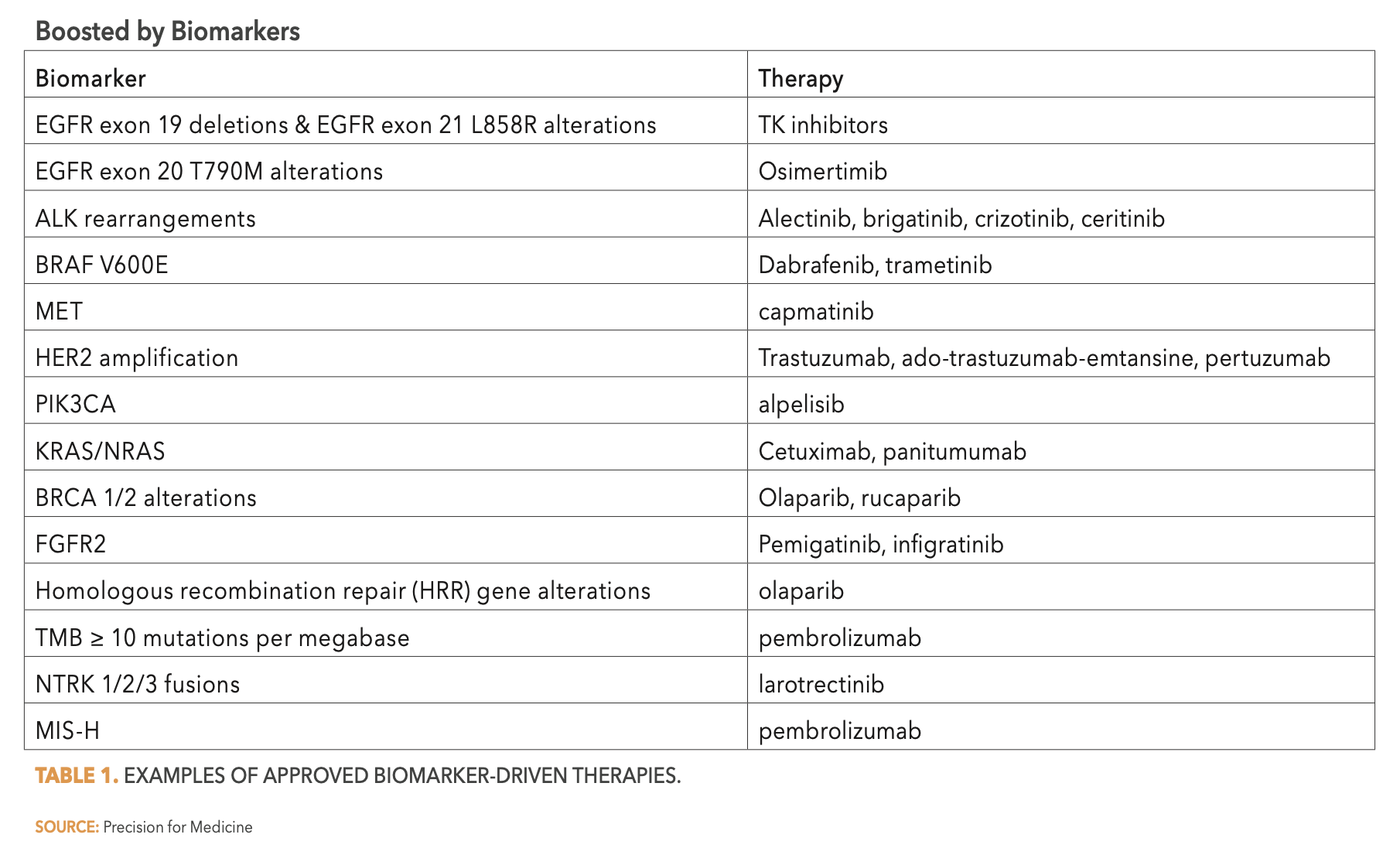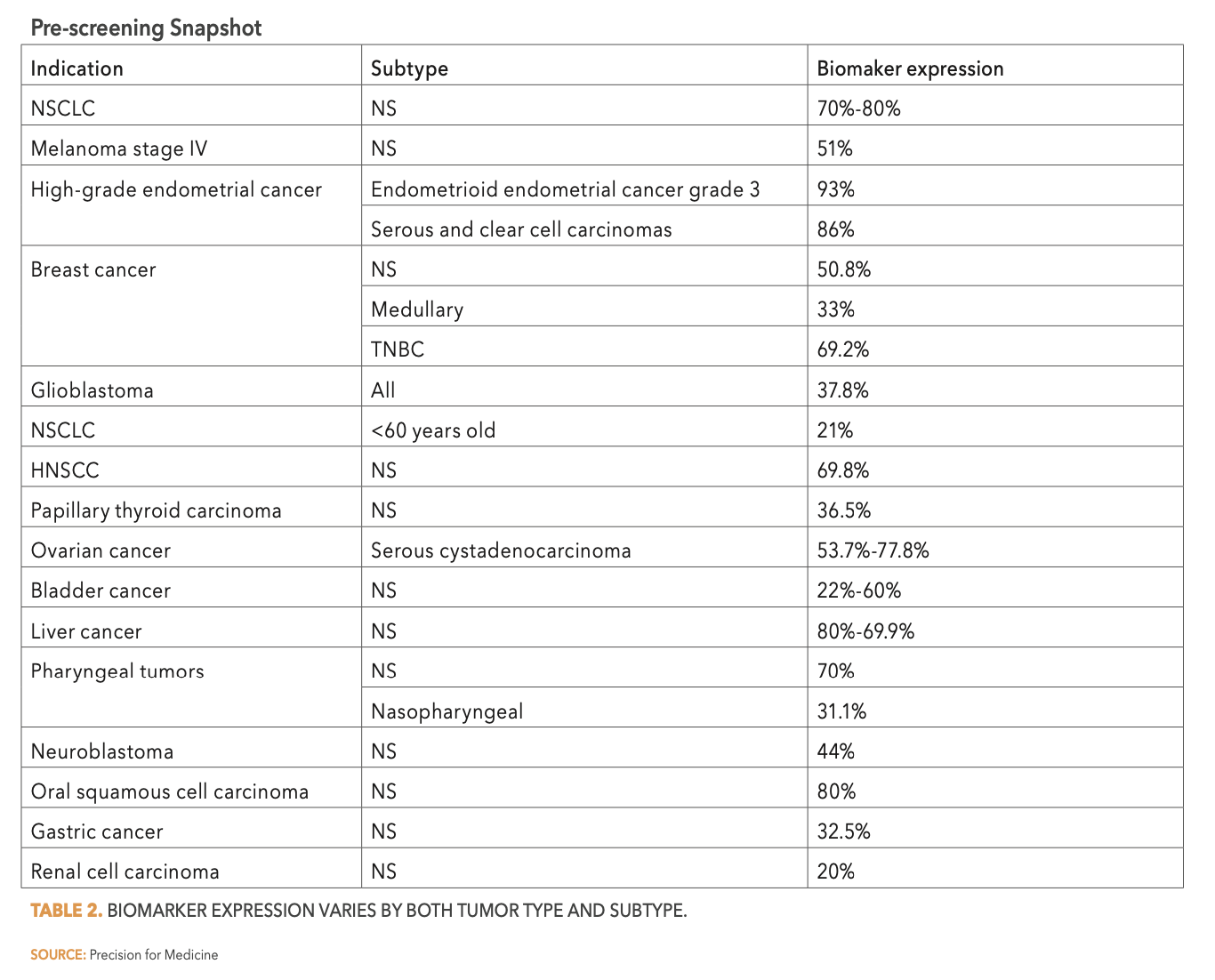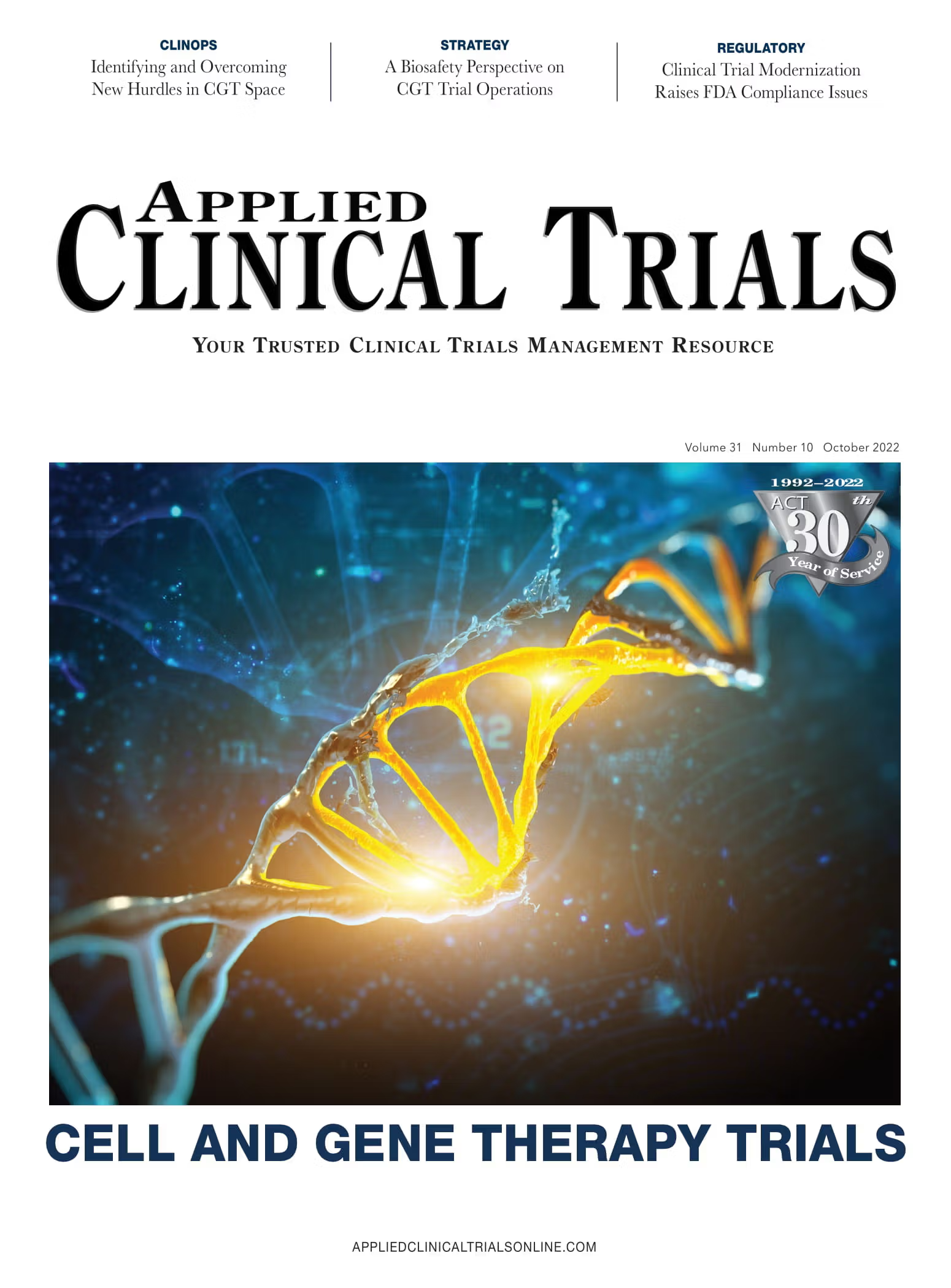Enhancing Enrollment in Biomarker-Driven Oncology and Rare Disease Trials
Integrated approaches can help enhance recruitment plans.

Oncology accounts for 27% of all clinical trials conducted since 2017. Compared to other therapeutic areas, oncology trials are more resource-intensive and less efficient, requiring an average of 16 clinical sites to enroll a median of just 31 patients per study. In fact, average enrollment duration for oncology trials is two times longer than for all diseases combined (22 months vs. 11 months).1
Yet research interest remains high, with oncology accounting for 45% of all planned studies from Q4 2021 to Q4 2024. Nearly half of these are Phase II studies and almost 40% include countries in North America, while 35% are being conducted in Asia.2 As of July 2022, among the 19,700 new drugs in the pipeline, 6,731 (34%) are for cancer. This robust development activity spans over 20,000 organizations across 116 countries. Interestingly, 72% of these oncology trials are sponsored by companies outside of the top 50 pharmaceutical organizations and 67% are for rare and orphan disease indications.1
Among the more than 1,500 potential oncology biomarkers that have been identified in the preclinical setting, approximately 700 are involved in the active or planned clinical trials in oncology. Over 60% of these studies are for immuno-oncology drugs, with the remainder for targeted therapies.3
The rise of personalized medicine has been driven by biomarkers, which have enabled researchers to understand the science behind mechanism of action and have been used to target recruitment. More than one-third of all drugs approved by FDA since 2000 have been personalized medicines, demonstrating that biomarker-driven approaches help optimize treatment impact and improve patient outcomes.4 In fact, a recent analysis of 9,704 development programs from 2011 to 2020 found that trials employing preselection biomarkers have a two-fold higher likelihood of approval, driven by a nearly 50% Phase II success rate.3
The value of biomarkers is not limited to the clinical trial setting. Rather, biomarkers play a critical role throughout drug discovery and development, bridging preclinical and clinical studies. Incorporating biomarkers into programs requires careful choreography—from collecting biological samples and analyzing them in decentralized or specialty labs to generating data that will be integrated with other clinical information to support decision-making. It may also require a broad spectrum of logistics and laboratory management capabilities for handling a range of sample types.
Challenges of biomarker-driven development
Table 1 below provides a sampling of FDA-approved biomarker-driven therapies. A key challenge of integrating biomarkers into development programs is selecting the right biomarker. Often, the frequency of the biomarker of interest is very low. The same or similar biomarker may be present in multiple tumor types at varying frequencies, as is the case with HER2 amplifications in breast and gastric cancer. Biomarker frequency may also differ among races and ethnicities—it may also change as the disease progresses. For example, EGFR exon 20 T790M alterations increase in frequency in patients with non-small cell lung cancer who have become resistant to previous lines of therapy. Consequently, selecting the right biomarker is akin to finding a needle in a haystack.

Case study
Precision for Medicine was involved in an oncology cell therapy study, where eligibility was based on the expression of two biomarkers. The first biomarker was expression of human leukocyte antigen (HLA)-A*02:01 and the second was a tumor type expressing a certain cell receptor on at least 80% of cancer cells. Precision for Medicine performed an analysis and found that the prevalence of HLA-A*02:01 varied among geographic regions, with a prevalence of 38.5% to 53.8% in Europe and 16.8% to 47.5% in North America (see Figure 1 below). Based on this finding, we recommended conducting this clinical trial in Europe.

Analysis of the expression of the cell receptor of interest showed that expression levels varied not only by tumor type, but even by subtype or demographic (see Table 2 below).

We used these findings to project the number of patients and samples that would need to be screened in order to enroll 36-40 study participants. Our assumptions were that 30% of patients screened would have HLA-A*02:01 expression and 10% of those patients would have ≥80% biomarker expression, and 50% of those would meet all the inclusion criteria for the study.
Based on these assumptions, it was determined that HLA analysis would need to be performed on approximately 2,500 blood samples and immunohistochemistry would need to be performed on about 750 tumor tissue samples to reach the enrollment target.
To increase the efficiency of this study, the Precision for Medicine team implemented various strategies for streamlining the recruitment process:
- Identifying where potential patients are located. In addition to evaluating epidemiology data, we searched the databases of not only our global clinical site network but also our biospecimen repository, for patients who might be eligible for this study. We partnered with organizations, including commercial next-generation sequencing (NGS) laboratories, that have access to site networks and examined ICD-10 claims data. We also leveraged strategies such as advertising to proactively attract potential patients.
- Identifying the best sites for enrolling patients. To identify and qualify sites, we leveraged our global clinical site network and key opinion leaders and evaluated sites based on various criteria, including previous experience and competing studies in a similar patient population that might interfere with recruitment. We also assessed the regulatory landscape to understand the nuances involved in conducting the study in different regions or countries with regard to compliance with advanced therapy medicine product guidelines or data protection regulations and access to health data.
- Enhancing patient enrollment. Performing a pre-screening study that is separate from the core clinical trial can help to increase efficiency and enrich the patient funnel. One option for this study was to perform a pre-screening study to analyze blood samples for HLA-A*02:01 expression. Sites were also provided access to EHR Connect, Precision for Medicine’s proprietary data mining tool, to assist in the identification of potentially eligible patients. Concierge services were also offered to help ease the burden of study participation, and other decentralized trial strategies were deployed to enhance enrollment.
As oncology clinical research evolves toward personalized treatment of patients in niche populations, a biomarker-driven approach to drug discovery and development is required. With new biological targets frequently having a low level of prevalence, it is important for researchers and developers to look for more innovative approaches to patient identification.
Esther Mahillo, Vice President, Operational Strategy and Feasibility, Precision for Medicine
References
- Citeline Search. Precision for Medicine. Data on file.
- Ethridge W, Lara, R (2021). Opportunity Trends Analysis for 2022, Precision for Medicine.
- BIO, Informa Pharma Intelligence, QLS Advisors. Clinical Development Success Rates and Contributing Factors 2011-2020, Feb. 2021. Available at https://go.bio.org/rs/490-EHZ-999/images/ClinicalDevelopmentSuccessRates2011_2020.pdf.
- Personalized Medicine Coalition. Personalized Medicine at FDA – The Scope & Significance of Progress in 2021. Available at https://www.personalizedmedicinecoalition.org/Userfiles/PMC-Corporate/file/Personalized_Medicine_at_FDA_The_Scope_Significance_of_Progress_in_2021.pdf.

Improving Relationships and Diversifying the Site Selection Process
April 17th 2025In this episode of the Applied Clinical Trials Podcast, Liz Beatty, co-founder and chief strategy officer, Inato, discusses a number of topics around site engagement including community-based sites, the role of technology in improving site/sponsor relationships, how increased operational costs are impacting the industry, and more.
Reaching Diverse Patient Populations With Personalized Treatment Methods
January 20th 2025Daejin Abidoye, head of solid tumors, oncology development, AbbVie, discusses a number of topics around diversity in clinical research including industry’s greatest challenges in reaching diverse patient populations, personalized treatment methods, recruitment strategies, and more.